Research
Search our website
Search our website by entering a keyword or choose a database above to search specifically.
Search
Showing search results 13,641 - 13,650
14,512 results found

LE DIABOLO

QUALITÉ MARQUE LE RÉSISTANT DÉPOSÉE SUPÉRIEURE HORS CONCOURS

RREX RANTI INOX

STÉ AME MACHINES ET INSTRUMENTS AGRICOLES "BELGICA" HERENT

QUALITÉ MARQUE JARDY HORS CONCOURS DÉPOSÉE SUPÉRIEURE

QUALITÉ MARQUE "CHARLEX" DÉPOSÉE SUPÉRIEURE

MARQUE LE VÉRITABLE RASOIR EPATANT HORS CONCOURS DÉPOSÉE

BELGICA

GÜP

ÉPATANTE








